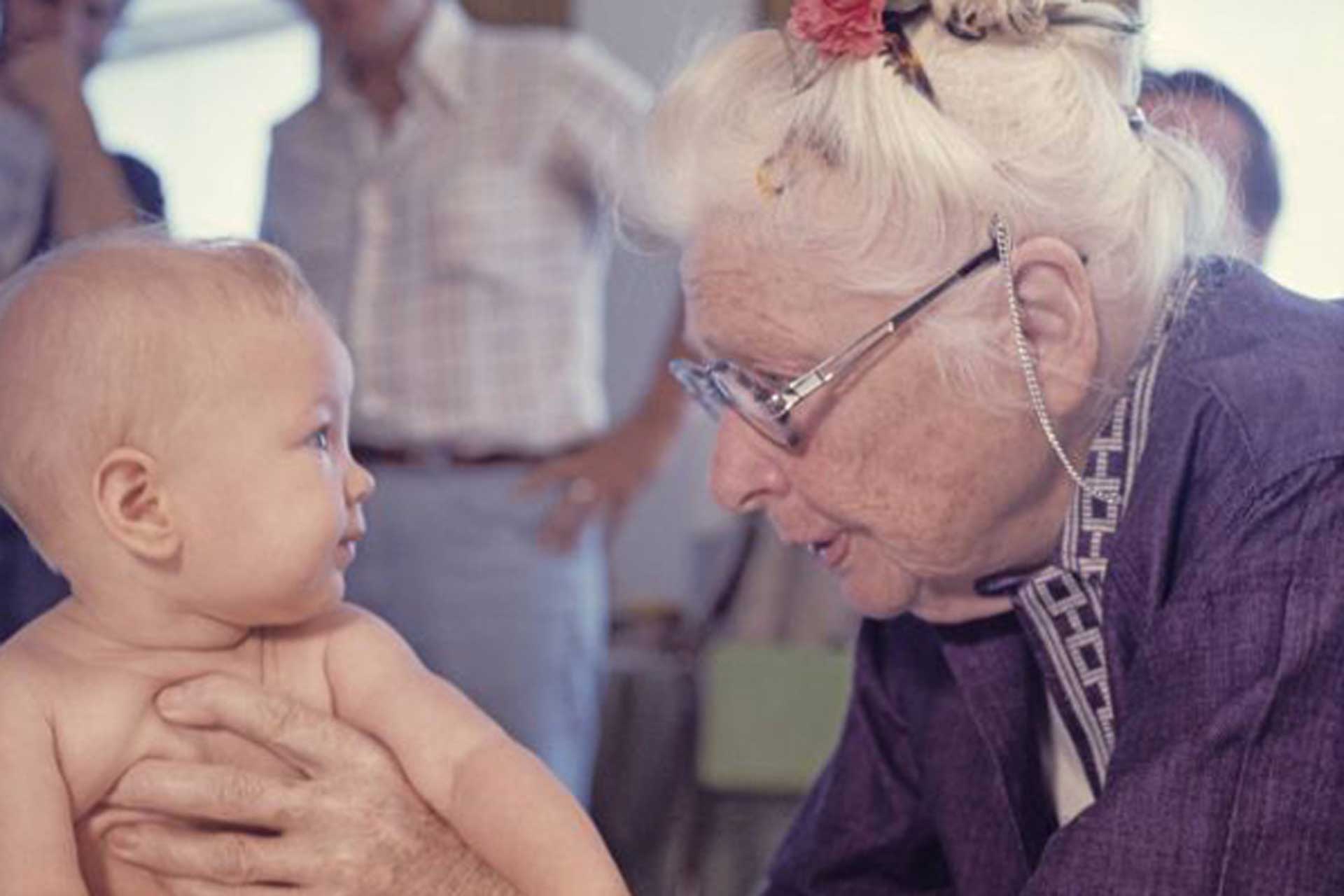IDA P. ROLF
QUOTATIONSPHILOSOPHY & ART OF STRUCTURAL INTEGRATION
Dr. Rolf was famous for her cryptic observations and common sense approach to the philosophy and art of Structural Integration.
Following are some examples of her insightful comments, taken from Rolfing and Physical Reality by Ida P. Rolf (ISBN 0-89281-380-6).
An effective human being is a whole that is greater than the sum of its parts.

“Form and function are a unity, two sides of one coin. In order to enhance function, appropriate form must exist or be created.”
“This is the gospel of Rolfing: When the body gets working appropriately, the force of gravity can flow through. Then, spontaneously, the body heals itself.”
“Over and over again, people come to me, and they tell me, You just don’t know how strong I am. They say “strength” and I want to hear “balance.” The strength idea has effort in it; this is not what I’m looking for. Strength that has effort in it is not what you need; you need the strength that is the result of ease.”
“Fascia is the organ of posture. Nobody ever says this; all the talk is about muscles. Yet this is a very important concept, and because this is so important, we as Rolfers must understand both the anatomy and physiology, but especially the anatomy of fascia. The body is a web of fascia. A spiderweb is in a plane. This web is in a sphere. We can trace the lines of that web to get an understanding of how what we see in a body works. For example, why, when we work with the superficial fascia does this change the tone of the fascia as a whole.”
Some individuals may perceive their losing fight with gravity as a sharp pain in their back, others as the unflattering contour of their body, others as constant fatigue, yet others as an unrelentingly threatening environment. Those over forty may call it old age. And yet all these signals may be pointing to a single problem so prominent in their own structure, as well as others, that it has been ignored: they are off balance, they are at war with gravity.
“We are not truly upright, we are only on our way to being upright. This is a metaphysical consideration. One of the jobs of a Rolfer is to speed that process along. We want to get a man out of the place where gravity is his enemy. We want to get him into the place where gravity reinforces him and is a friend, a nourishing force.”
“Go around the problem; get the system sufficiently resilient so that it is able to change, and it will change, It doesn’t have to be forced. It’s that forcing that you have to avoid at all costs.”
“When the pelvis is not balanced, we do not have the upward thrust that creates zero balance, the sense of weightlessness that can be experienced in the body. When the pelvis is aberrated, it does not allow this equipoise, this tranquillity in experience that a balanced pelvis shows. The combined forces acting on a balanced pelvis are in a moment of inertia near zero. It is always in dynamic action, but the forces balance out to near zero.”
“Rolfers make a life study of relating bodies and their fields to the earth and its gravity field, and we so organize the body that the gravity field can reinforce the body’s energy field. This is our primary concept.”
“This is an important concept: that practitioners are integrating something; we are not restoring something. This puts us in a different class from all other therapists that I know of. It takes us out of the domain designated by the word “therapy,” and puts us in the domain designated by the word “education.” It puts our thinking into education: how can we use these ideas behind Structural Integration? How do we put a body together so that it’s a unit, an acting, energy efficient unit? One of the differences between Structural Integration Practitioners and practitioners of medicine, osteopathy, chiropractic, naturopathy, etc., is that the latter are all relieving symptoms. They make no effort to put together elements into a more efficient energy system.”
